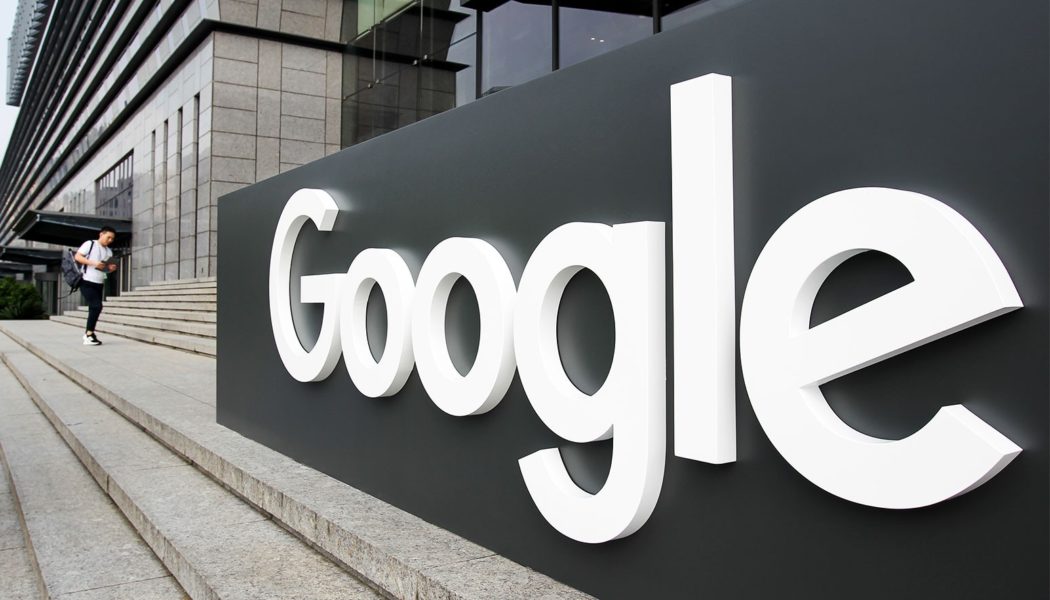
Apple’s first iPhone model capable of connecting to ultrafast 5G wireless networks continued to power major increases in quarterly revenue and profits for tech’s most valuable company.
With iPhone sales posting double-digit growth over the previous year for the third consecutive quarter, Apple’s profit and revenue for the April-June period easily exceeded analyst estimates. The Cupertino, California, company earned $21.7 billion, or $1.30 per share, nearly doubling profits earned during the same period last year. Revenue surged 36% to $81.4 billion.
But in a Tuesday conference call with analysts, Apple CEO Tim Cook lamented that the steadily spreading delta variant of the coronavirus is casting doubt on how the rest of the year will unfold. “The road to recovery will be a winding one,” Cook said. That uncertainty has already led Apple to delay employees’ mass return to its offices from September to October. Most of Apple’s stores, though, are already open.
The iPhone 12, released last autumn, is shaping up to be Apple’s most popular model in several years, largely because it’s the first to work on the 5G networks that are still being built around the world. Apple’s iPhone sales totaled nearly $40 billion in the latest quarter, up 50% from a year ago.
Apple’s services division, the focal point of a high-profile trial revolving around the commissions it collects from iPhone apps, saw revenue climb 33% from last year to $17.5 billion. A potentially game-changing decision from the trial completed in May is expected later this summer.
Among Apple’s upcoming challenges is whether shortages of computer chips and other key parts will force the company to delay its next iPhone this year, as it did last year. While Apple expects revenue to rise 10% in the current quarter, it said it may have more trouble getting parts for iPhones and iPad during the upcoming months. Executives skirted questions about another possible iPhone delay.
Google’s earnings improved markedly over the year-ago period, when the pandemic was starting to bite consumer spending and its partner, advertising. Now that vaccines have allowed people to shed the shackles of the pandemic and splurge again, a big chunk of that pent-up demand has spurred advertisers to spend more too, with a big chunk going to Google and its corporate parent Alphabet Inc.
Powered by Google, Alphabet earned $18.53 billion, or $27.26 per share, during the quarter, a nearly threefold increase from last year’s earnings of $6.96 billion, or $10.13 per share. Google’s advertising revenue soared 69% to $50.44 billion thanks to what CEO Sundar Pichai called a “rising tide” of online activity among consumers and businesses.
Retail, along with travel and entertainment ads, were the biggest contributors to the revenue increase, the company said. Total revenue surged 62% from last year to $61.88 billion. Revenue after subtracting TAC, or traffic acquisition costs, was $50.95 billion.
The April-June quarter looks particularly strong since the 2020 downturn forced Google to report its first decline in quarterly ad revenue from the previous year.
Analysts were expecting Alphabet to earn $19.24 per share on revenue of $56.2 billion, and $46.2 billion after subtracting TAC. Alphabet’s stock jumped $135, or 5.1%, to $2,773 in after-hours trading after the results.
Microsoft on Tuesday reported fiscal fourth-quarter profit of $16.5 billion, up 47% from the same period last year. Net income of $2.17 per share beat Wall Street expectations. The software maker also topped forecasts by posting revenue of $46.2 billion in the quarter that ended on June 30, a 21% increase over the same time last year.
Analysts were expecting Microsoft to earn $1.91 per share for the April-June quarter on revenue of $44.1 billion. Microsoft profits have soared throughout the pandemic thanks to ongoing demand for its software and cloud computing services for remote work and study. After an initial dip in after-hours trading, the company’s shares later recovered and were up by less than 1%.
Growth in sales of Microsoft’s cloud services, which compete with Amazon and other companies, and its Office productivity tools for handling work documents and email both outpaced overall revenue growth. The company’s historical pillar — personal computing — grew just 9% in the quarter.
Microsoft noted that supply issues were affecting its personal-computing division, including for its Surface and Windows products. The company recently unveiled the next generation of Win











